And on top of that mountain, there is an old stele with the names of 13 border guards of Lung Nam station, aged 18-20, who died in the northern border war, protecting the border...
Young soldiers sacrificed
These were the first two border guards to fall in the battle to protect the northern border. Their gunshots alerted the entire rear line.
Losing the element of surprise, at 4:00 a.m. on February 17, 1979, the Chinese side loudly fired artillery and sent infantry along the Cay Tac, Keo Yen (current marker 681), Nam San, Lung Nam (current marker 686) trails to attack the outpost barracks. The fight of nearly 40 border guards fought back the entire infantry regiment with artillery support that lasted until the next day. On the afternoon of February 18, 1979, two heavy machine gunners Ngo Chau Long (from Xuan Cam, Hiep Hoa, Bac Giang) and Phung Van Xit (from Kien Thanh, Luc Ngan, Bac Giang), both 20 years old, had to sacrifice themselves when they had fired their last bullet.
Mr. Luu Van Dinh (55 years old), Secretary of the Lung Nam Commune Party Committee, who was a militiaman in 1979, recalled: "The Chinese soldiers were stopped by the Border Guard at Lung Nam", and said in a low voice: "On February 20, 1979, another soldier, Ha Van Con from Cho Don, Bac Kan, died when he was not yet 18 years old. We buried our brothers in a temporary cemetery, the survivors had to give their clothes to the deceased because after several days of fighting, their clothes were all torn."
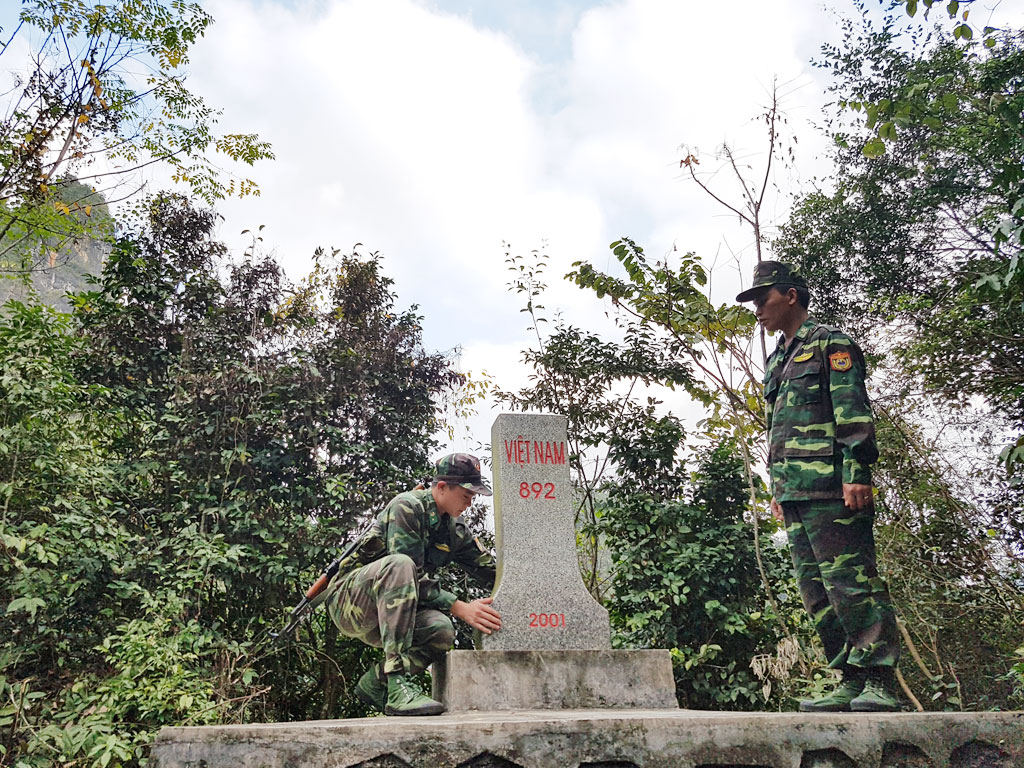 Cao Bang Border Guards inspect the current status of border markers |
Talking about teammates, tears welling up
Colonel Ma Quang Nghi, currently retired in Binh Yen commune (Dinh Hoa district, Thai Nguyen), former Political Commissar, Border Guard Command of Cao Bang province, still remembers the time he held the position of Political Commissar of Lung Nam Border Guard from 1983 to 1987. After the surprise attack (February 17, 1979) and withdrawal (March 13, 1979) from Cao Bang, the Chinese side consolidated their positions, sent many reconnaissance teams to infiltrate our land... "They fired provocative guns, planted mines deep in our land. In many places, they brought their forces close to the border to block the way", Colonel Nghi recounted and shook his head: "The Cao Bang border could return to armed conflict. The troops along the entire line are tense".
|
“Commune cadres also abandoned their duties, ran after their families, leaving the area without a person in charge,” Major Hoang Van Lo, former Lung Nam Station Chief from 1982 to 1987, recounted, adding: “Since the border war, the unit had no barracks and had to live and hold meetings at people’s houses. Soldiers did not have enough clothes to wear, and had to sleep together because there were no blankets. Anyone who went on a mission had to borrow someone else’s hat and backpack. There was a lack of pots and pans, so when eating, 9-10 people had to squeeze together at each table.”
In early 1983, Mr. Ma Quang Nghi took up the position of deputy political officer (now political commissar) of Nam Nhung Border Post. At this time, the Chinese side increased their infiltration, ambushes, kidnappings and attacks on our soldiers and cadres. "Before returning, I heard about the incident at noon on May 25, 1982, when Vu Van An and soldier Vo Van Viet were ambushed and taken to the other side while on patrol," Mr. Nghi recounted and said in a low voice: "The most painful incident was on April 23, 1984."
That morning, Mr. Nghi was on duty as commander when a soldier at Nhi Du outpost (Van An commune, Ha Quang) with torn clothes and a face covered in blood rushed back to report: "The outpost was attacked". He sent troops to rescue, and when they arrived almost dark, they saw soldiers lying dead and wounded. Six people died on the spot, including three soldiers from the outpost, who were only 18-19 years old. "Chinese soldiers crawled over and attacked unexpectedly at 5am. The B40 bullets melted the cast iron pot that was cooking rice. We died before we had even eaten a grain of rice," Colonel Nghi recalled.
He slowly read the names of the martyrs: Private Do Van Khanh, 19 years old, from Trung Son, Viet Yen, Bac Giang; Private Nong Van Ky, 19 years old, from Dan Chu, Hoa An, Cao Bang; Private Lanh Duc Duy, from The Duc, Nguyen Binh, Cao Bang...; Private Tran Van Cuong (from Trung Son, Viet Yen, Bac Giang) was seriously injured and brought to the rear but also died 2 days later.
“In the years 1983 - 1987, the Chinese side also sniped at soldiers on patrol. On September 5, 1985, Corporal Chu Van Cu, from Coc Dan, Ngan Son, Bac Can, was only 19 years old at that time, and died while patrolling in the area of Ang Bo - Keo Quyen hamlet. Corporal Ly Van Thanh, from Ngoc Dong, Quang Uyen, Cao Bang, was only 20 years old when he died. On the morning of November 19, 1983, Thanh was ambushed while checking border markers 105 - 106 (old). The soldiers fought fiercely, and it took a week to retrieve Thanh's body,” Colonel Ma Quang Nghi said, tears welling up in his eyes.
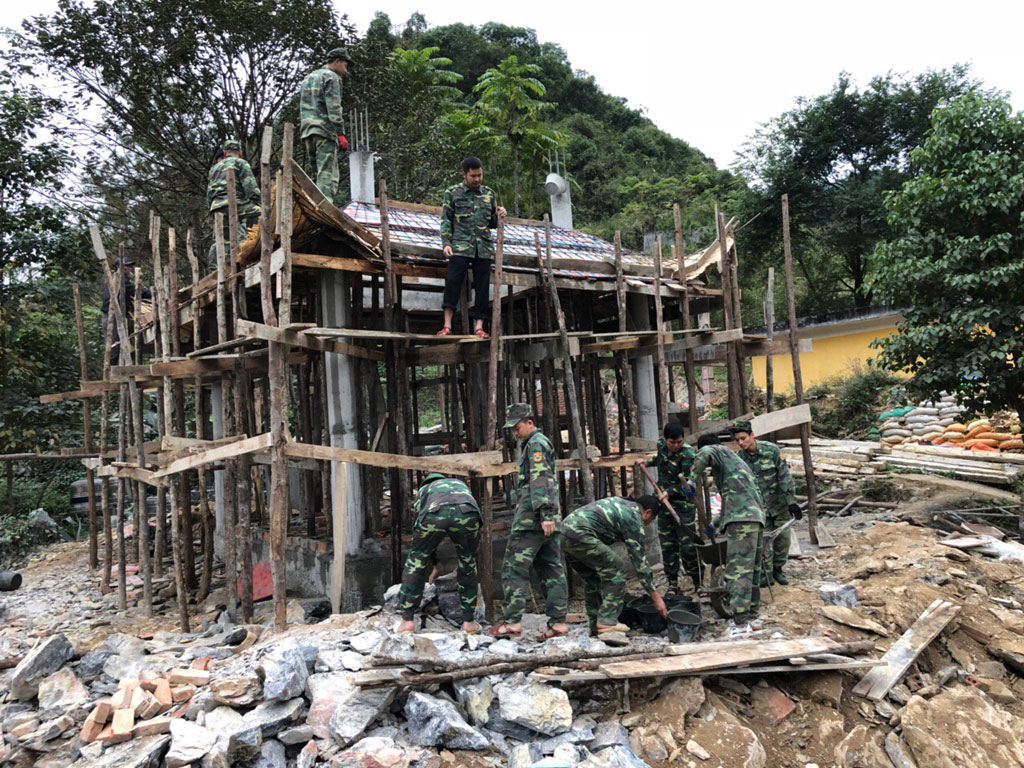 Lung Nam Border Guard officers and soldiers focus on building a memorial stele with funding contributed by Thanh Nien Newspaper |
"I wish the stele house could be rebuilt to be more solid."
Mr. Tran Van Huyen (56 years old), former squad leader working at Lung Nam Border Post from 1982 to 1985, is currently retired in Duong Duc commune, Lang Giang district (Bac Giang), but every few years he takes a bus or hires a motorbike taxi to Lung Nam to visit the place where he fought.
The day we crossed the high mountains to “Luc Khu”, Lieutenant Colonel Lo Ngoc Dung, Political Commissar of Lung Nam Border Guard, led us to the land between the post and the gate of Nam Nhung Primary School (Ha Quang, Cao Bang), pointing to the old stele house located on the bank of the stream: “The stele house was built in the 1990s, and is seriously degraded. When it rains, water from the mountain flows down, overflowing the altar, and we run out in the rain to hold the incense bowl and put it away, only bringing it out when the water recedes”.
We left the harsh “Luc Khu” rocky mountain area, just as white clouds were gathering in the yard of the station. Veteran Tran Van Huyen whispered: “Every time a guest comes from the lowlands, the souls of our comrades come back to say goodbye”, and wished: “If only the memorial house could be rebuilt to be solid. We and the living are indebted to the 13 young soldiers who have fallen, a lot...”.
Source: https://thanhnien.vn/cuoc-chien-dau-bao-ve-bien-gioi-phia-bac-nam-lai-giu-luc-khu-185823320.htm


![[Photo] Military doctors in the epicenter of Myanmar](https://vstatic.vietnam.vn/vietnam/resource/IMAGE/2025/4/6/fccc76d89b12455c86e813ae7564a0af)
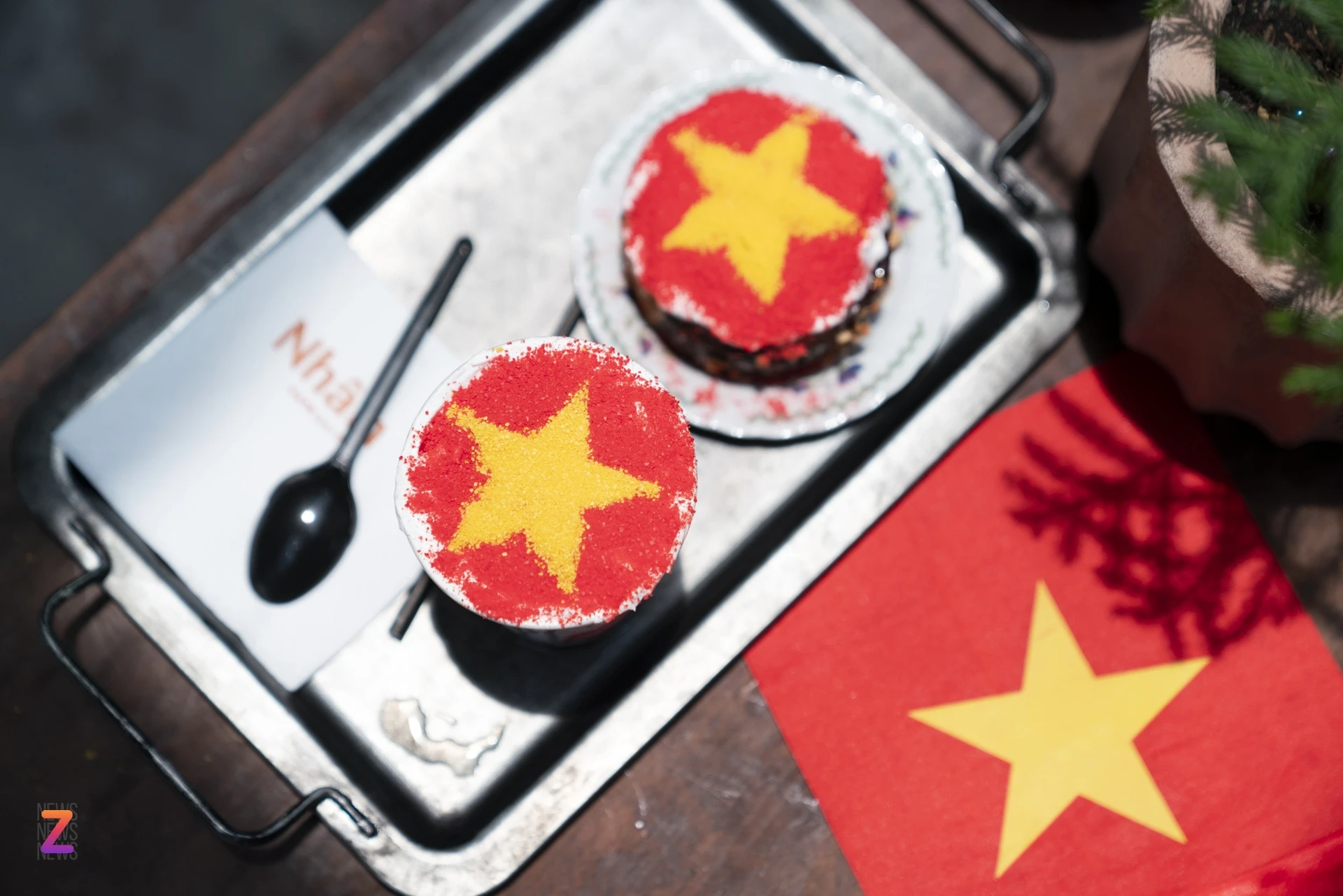
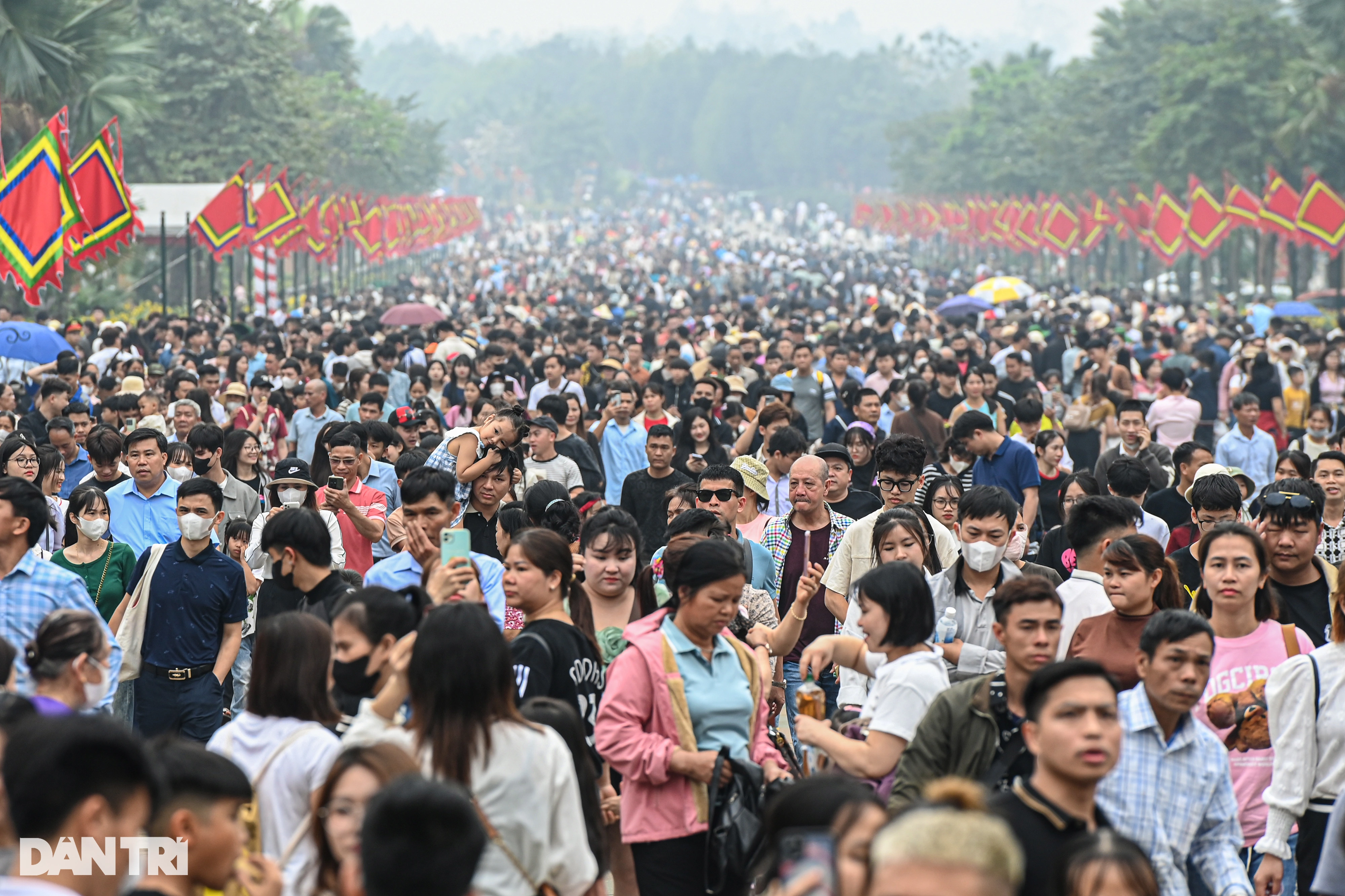

![[Photo] Prime Minister Pham Minh Chinh chairs the regular Government meeting in March](https://vstatic.vietnam.vn/vietnam/resource/IMAGE/2025/4/6/8393ea0517b54f6791237802fe46343b)
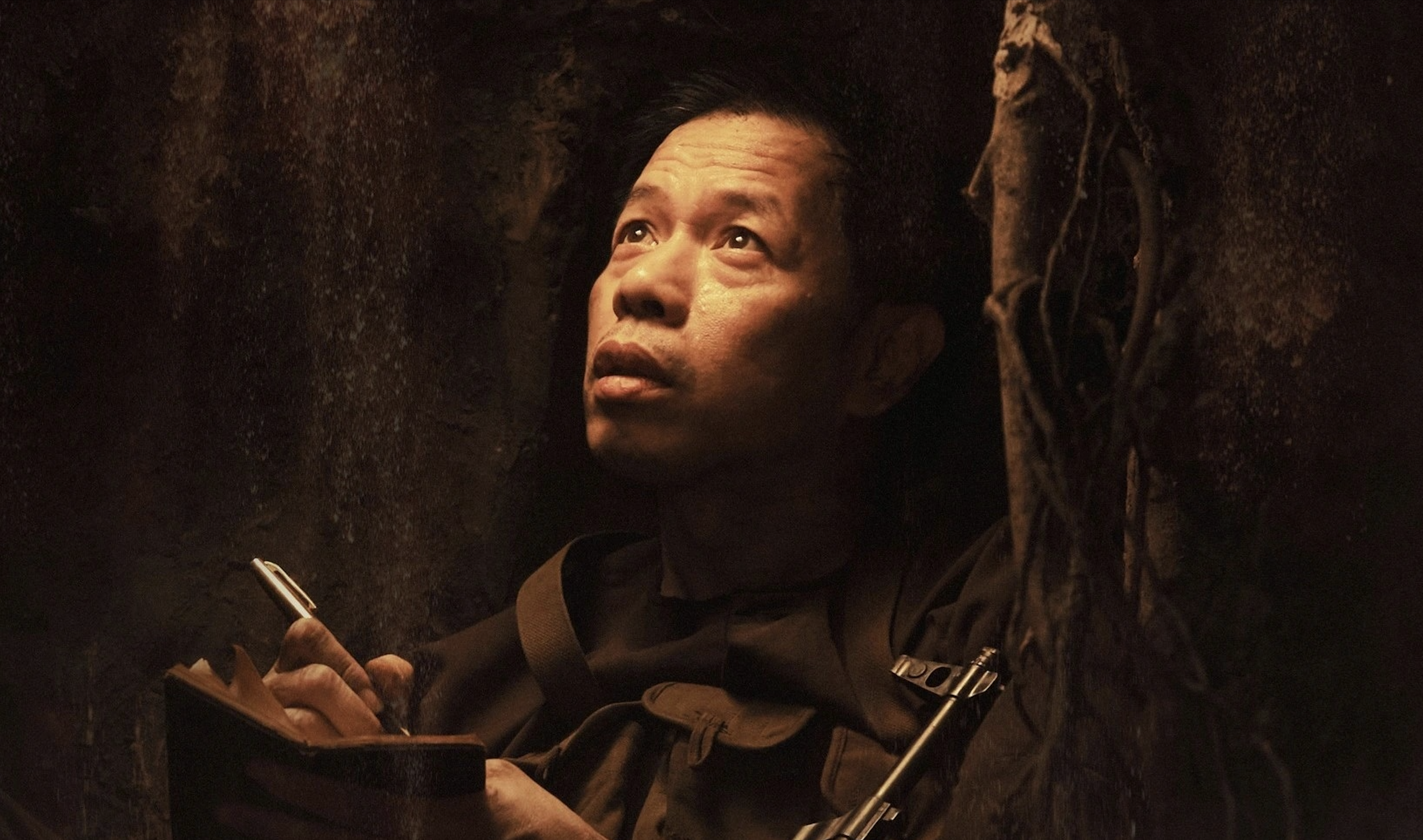
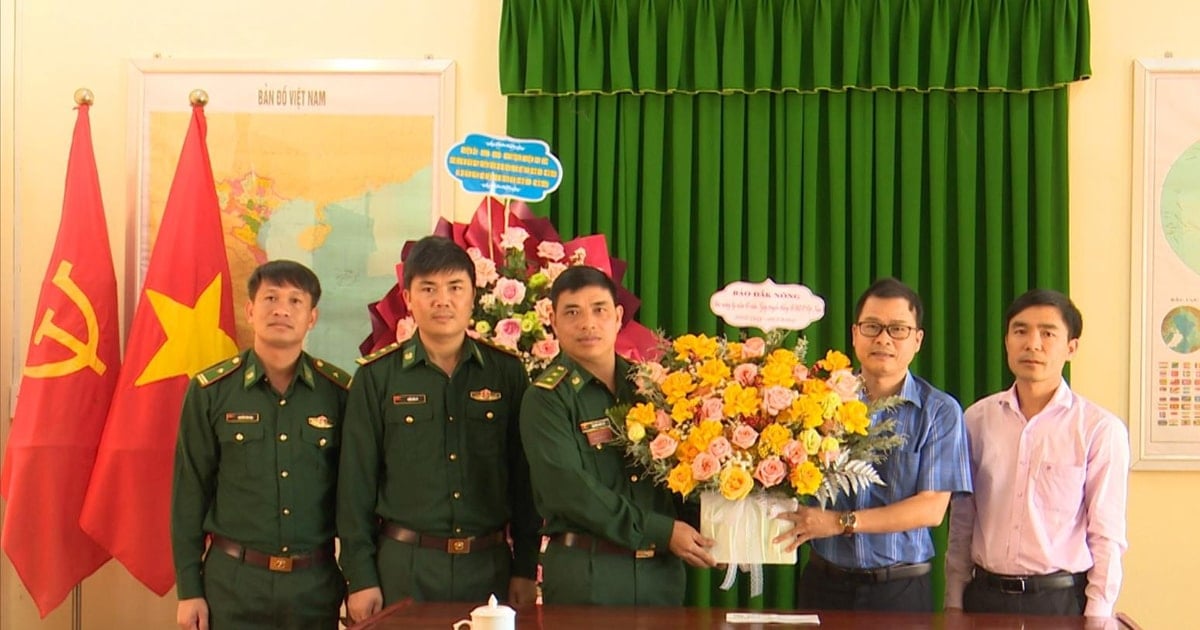

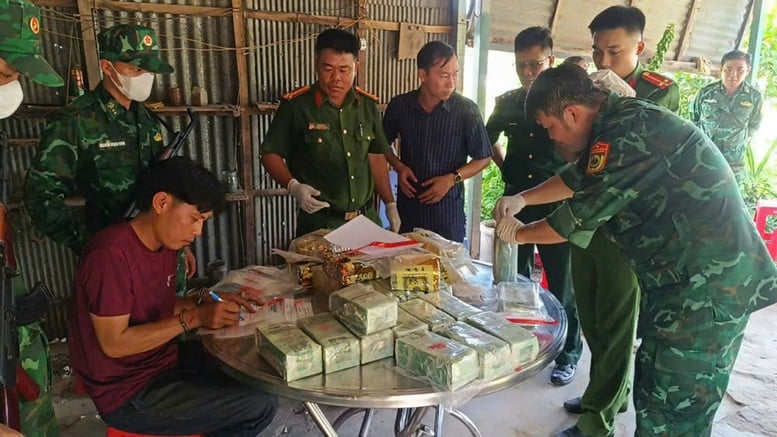








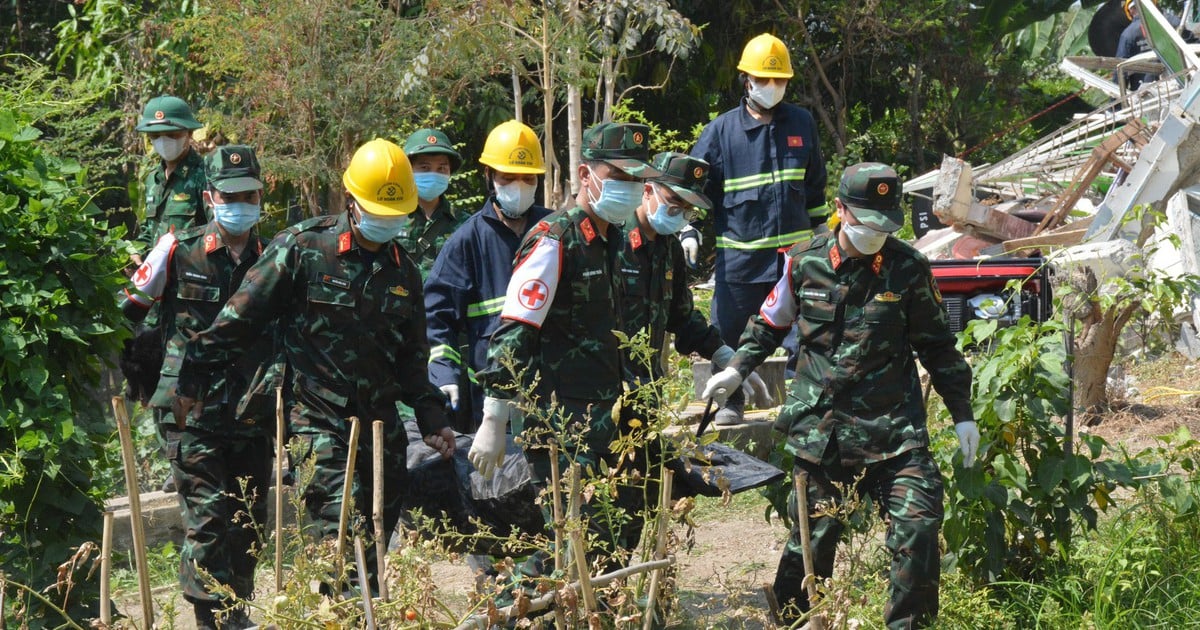
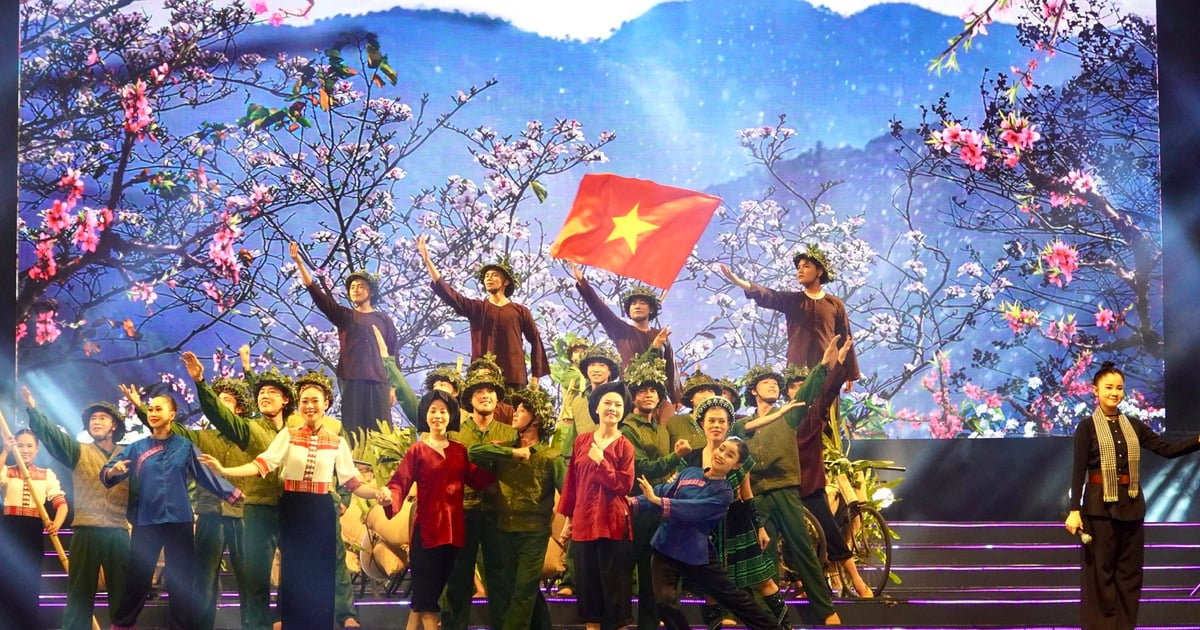
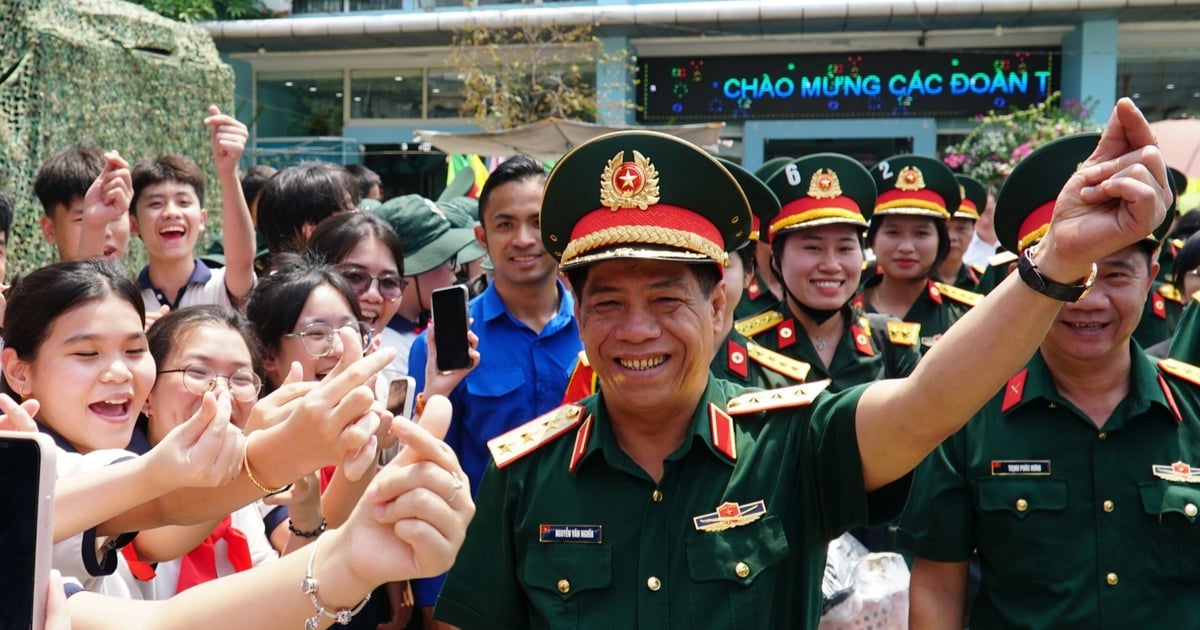
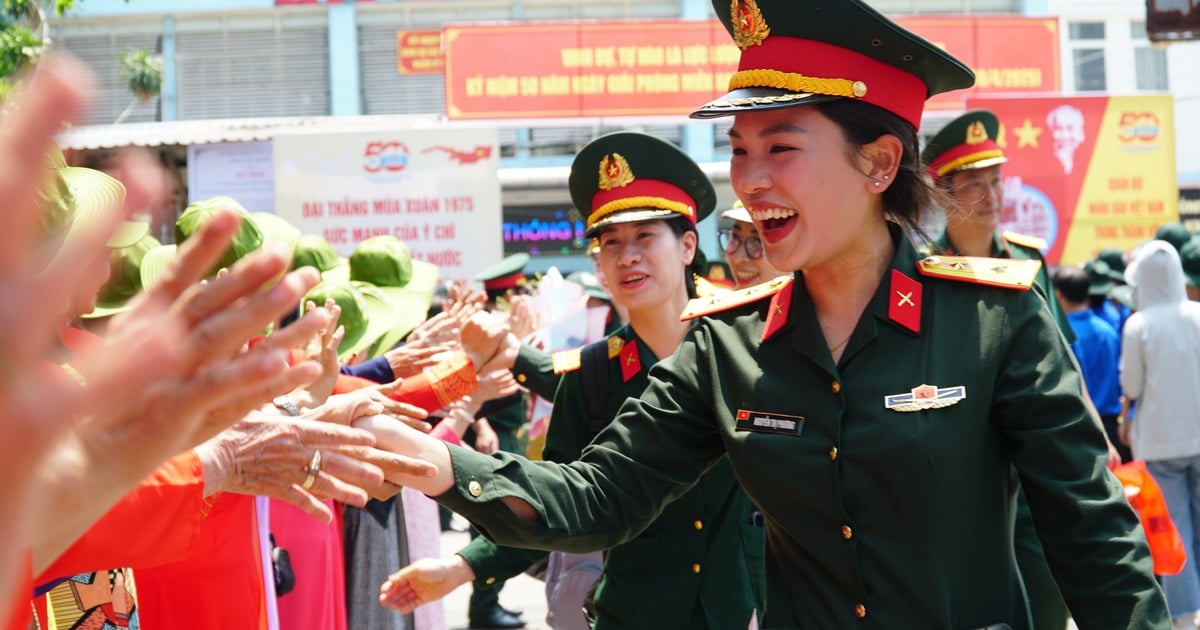
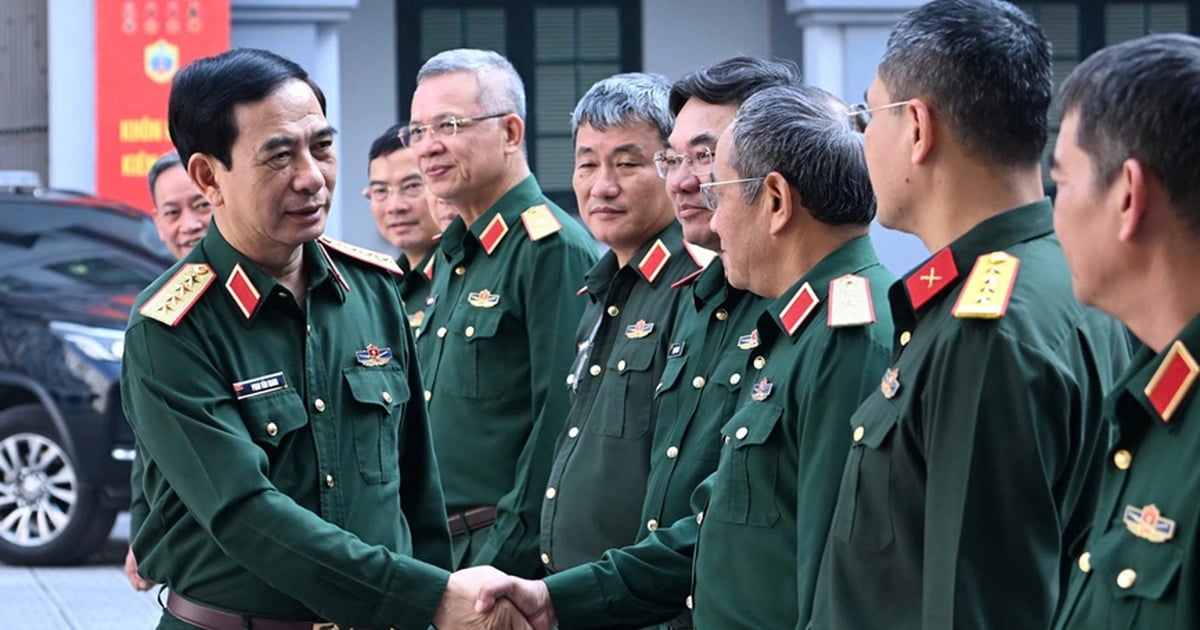

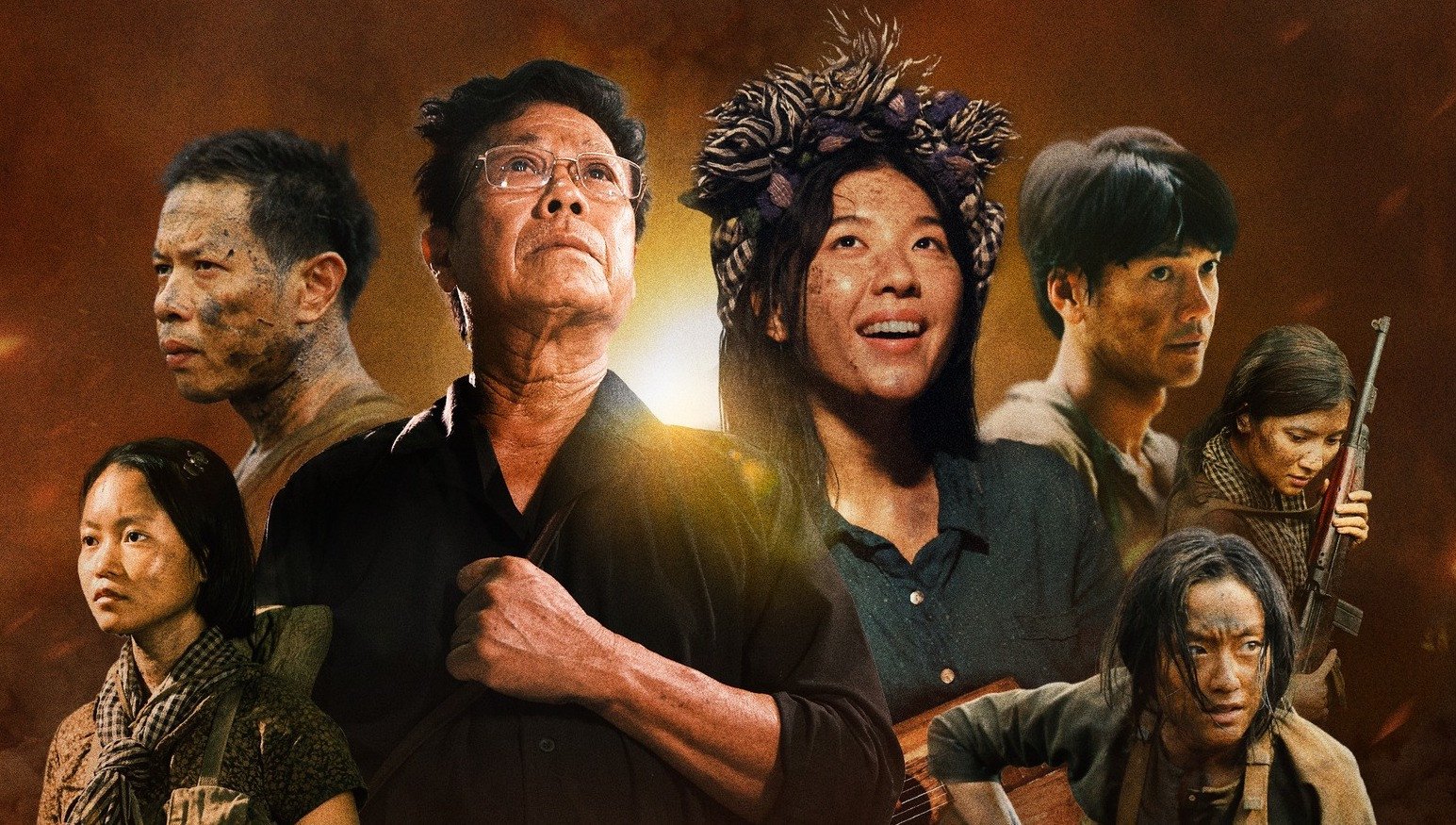
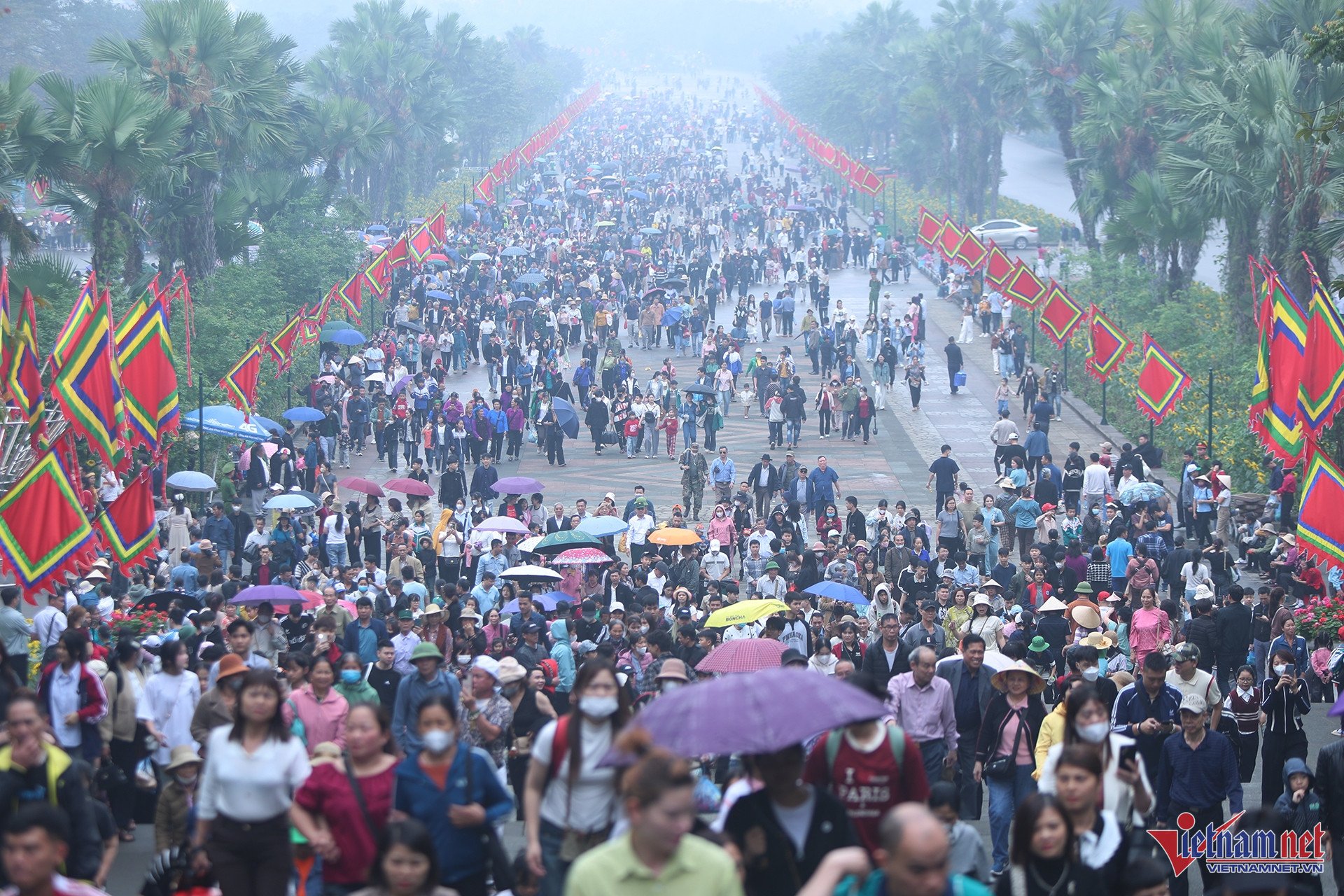
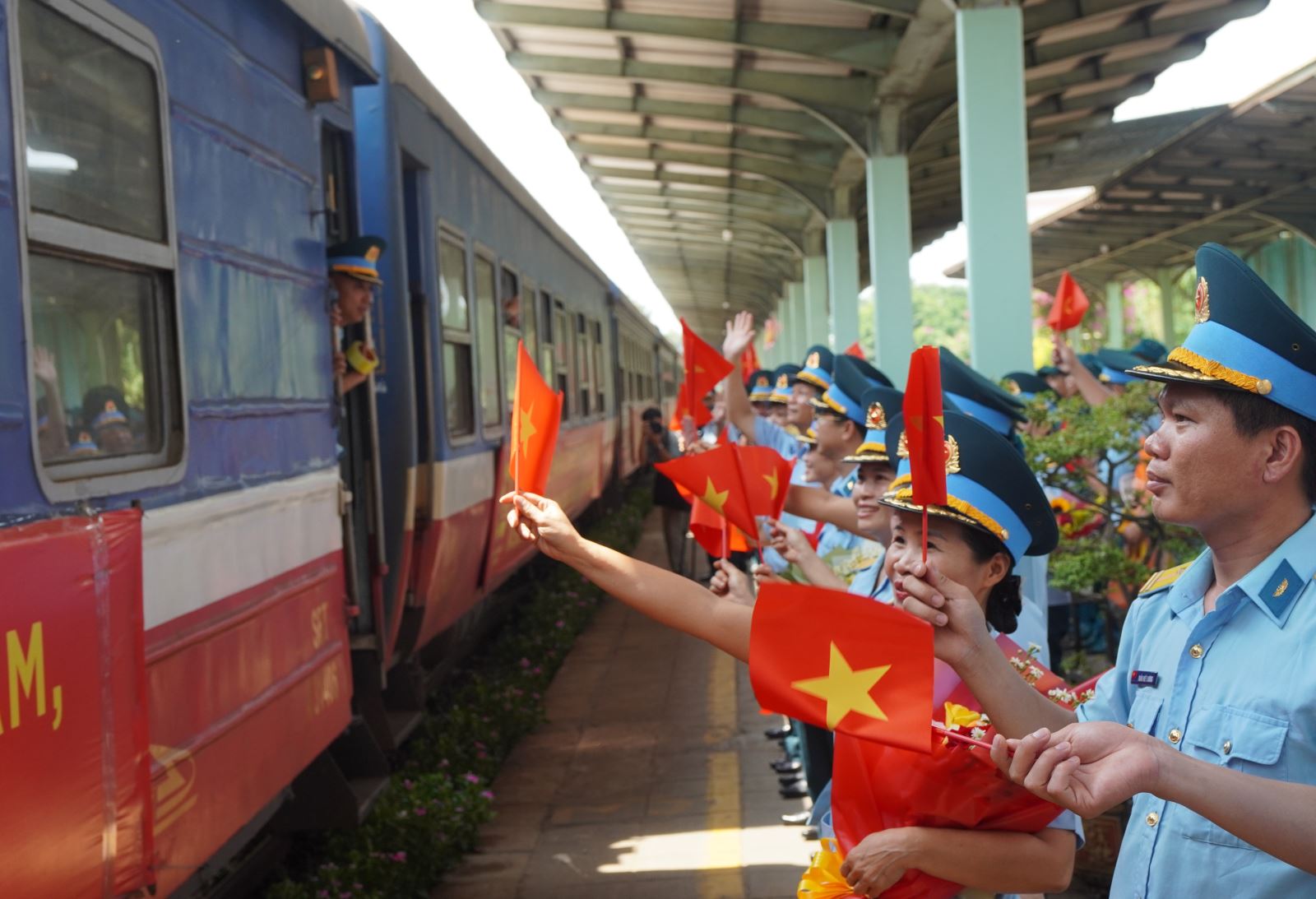
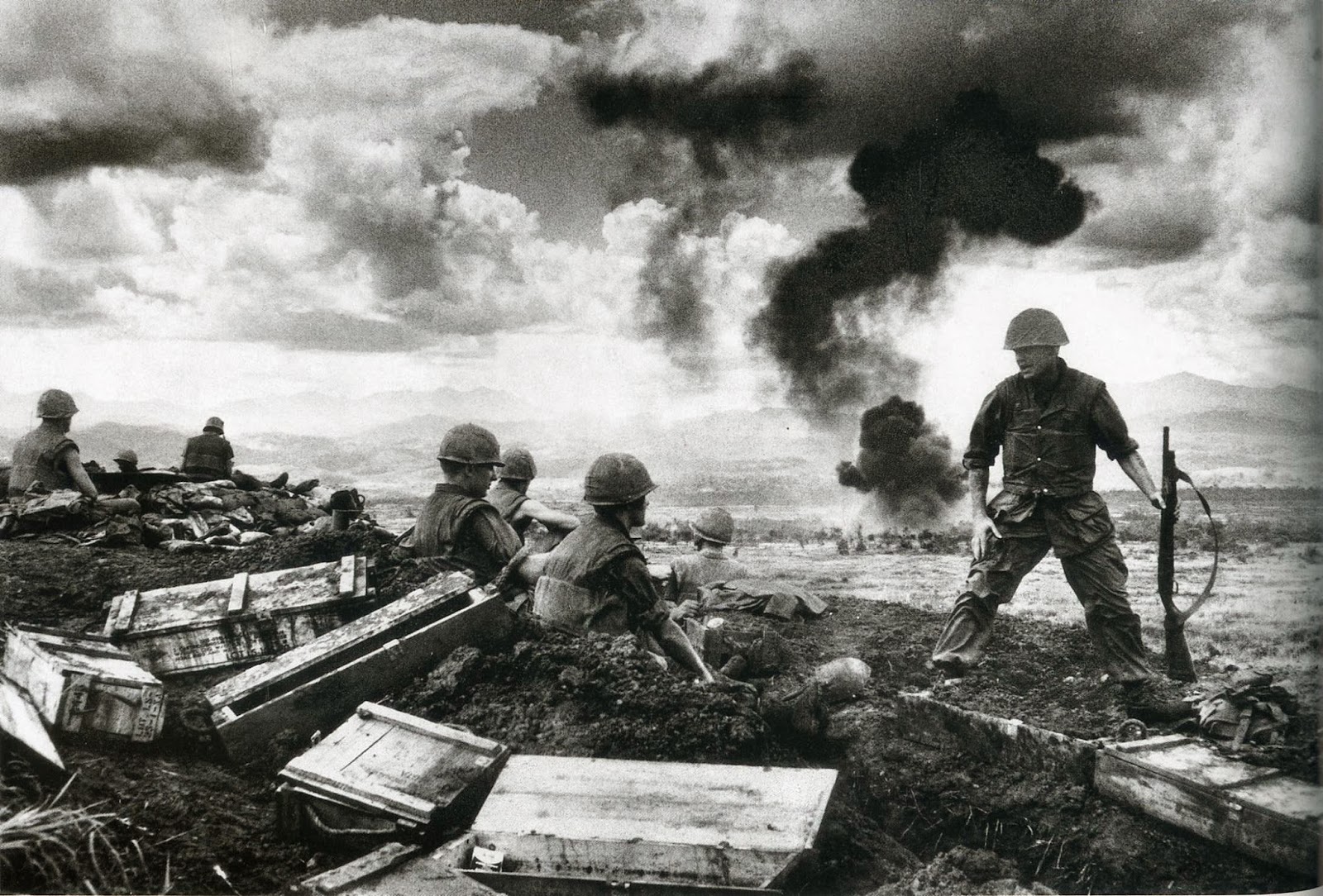



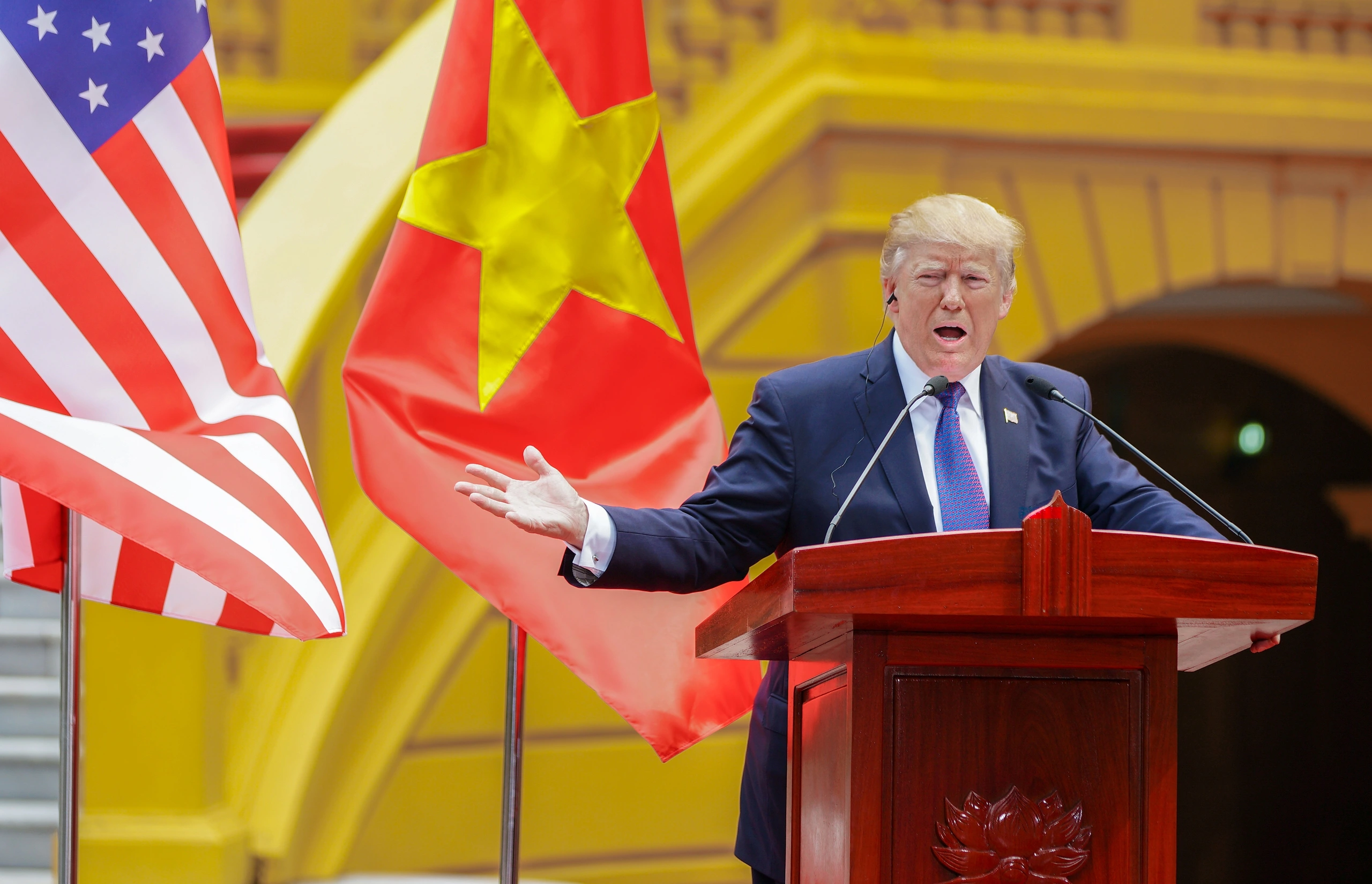


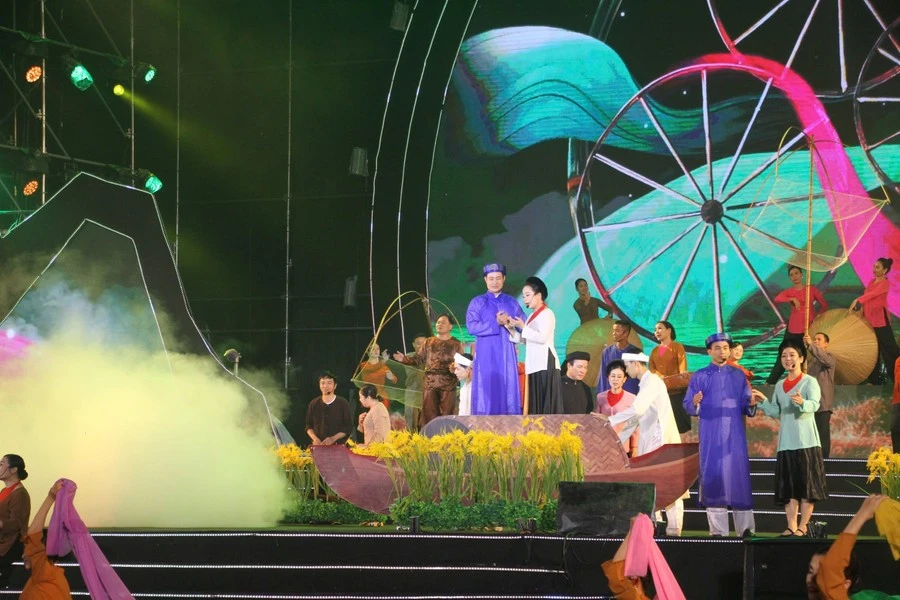

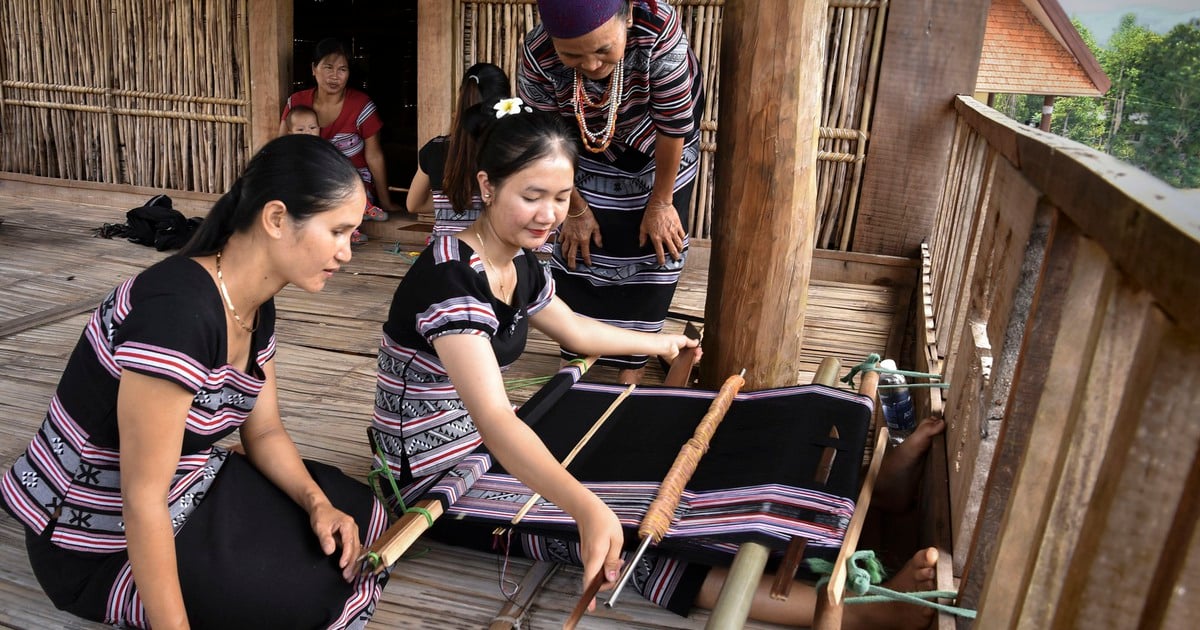


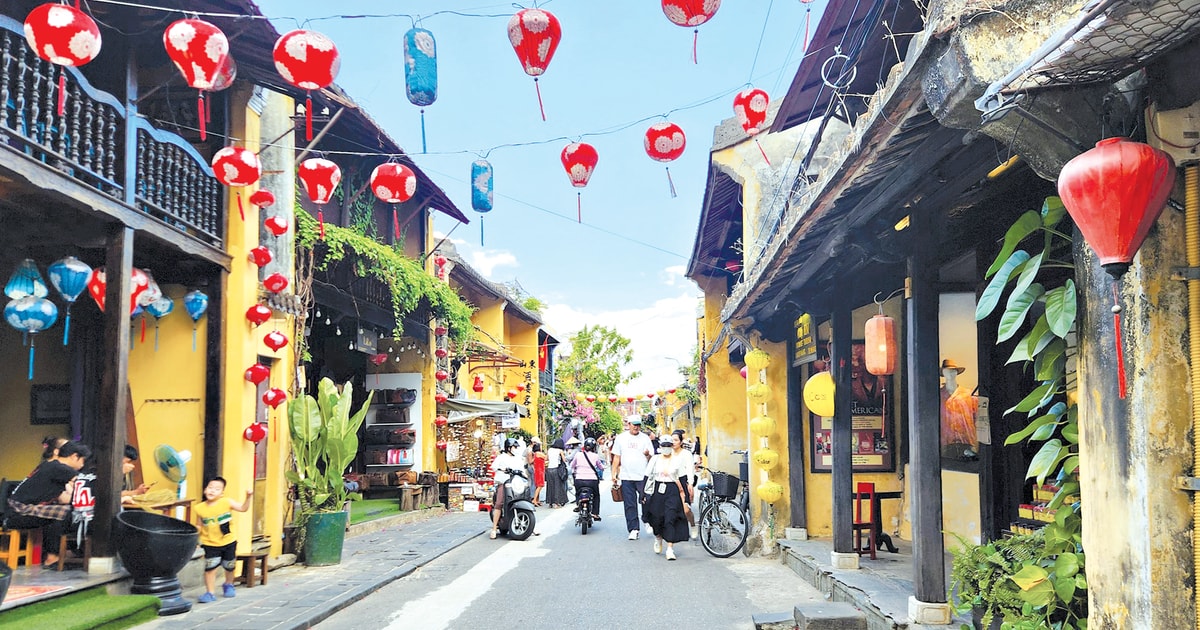

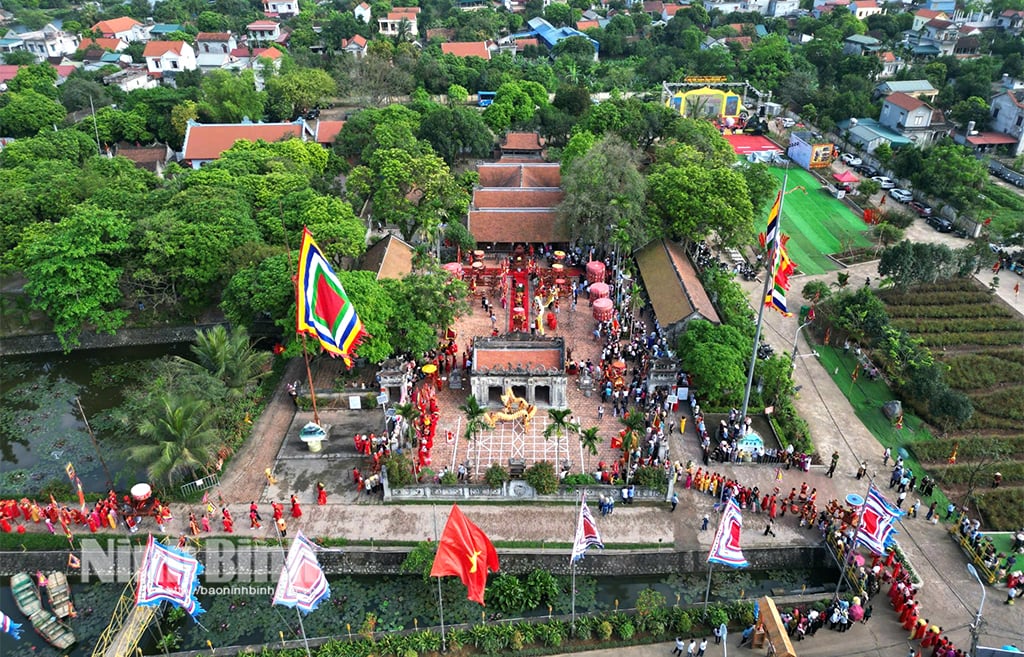



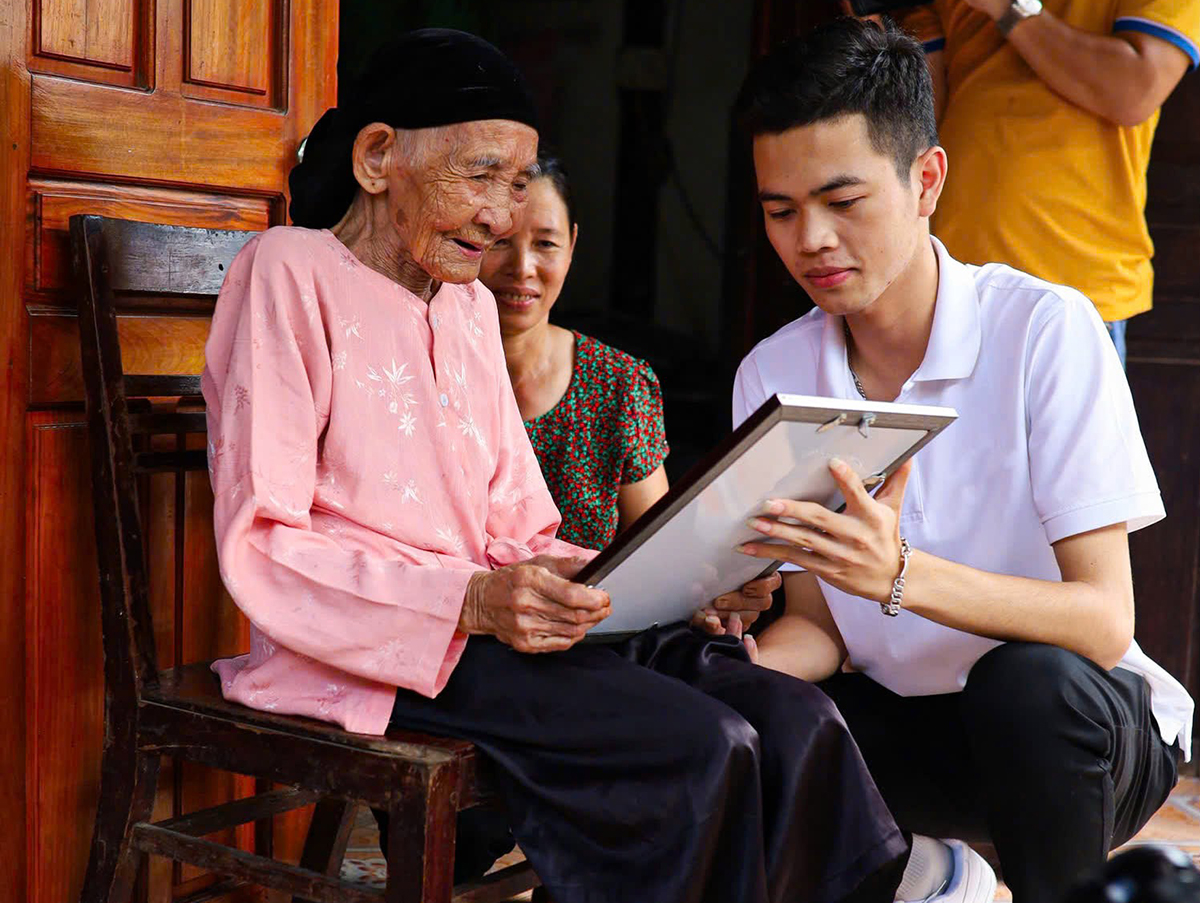

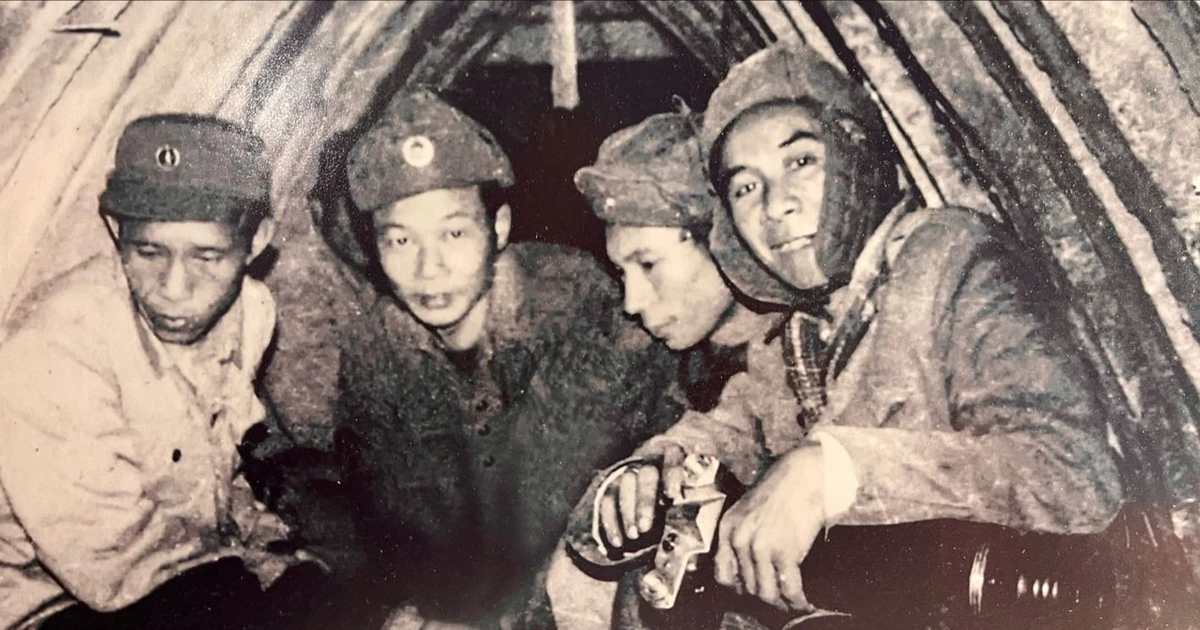



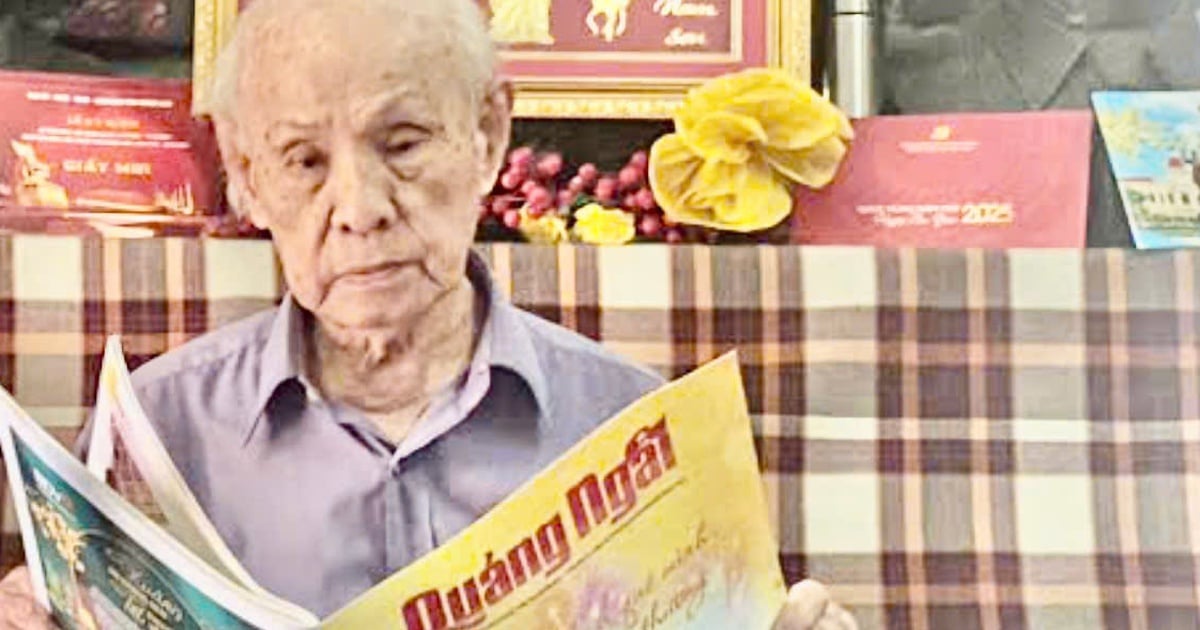
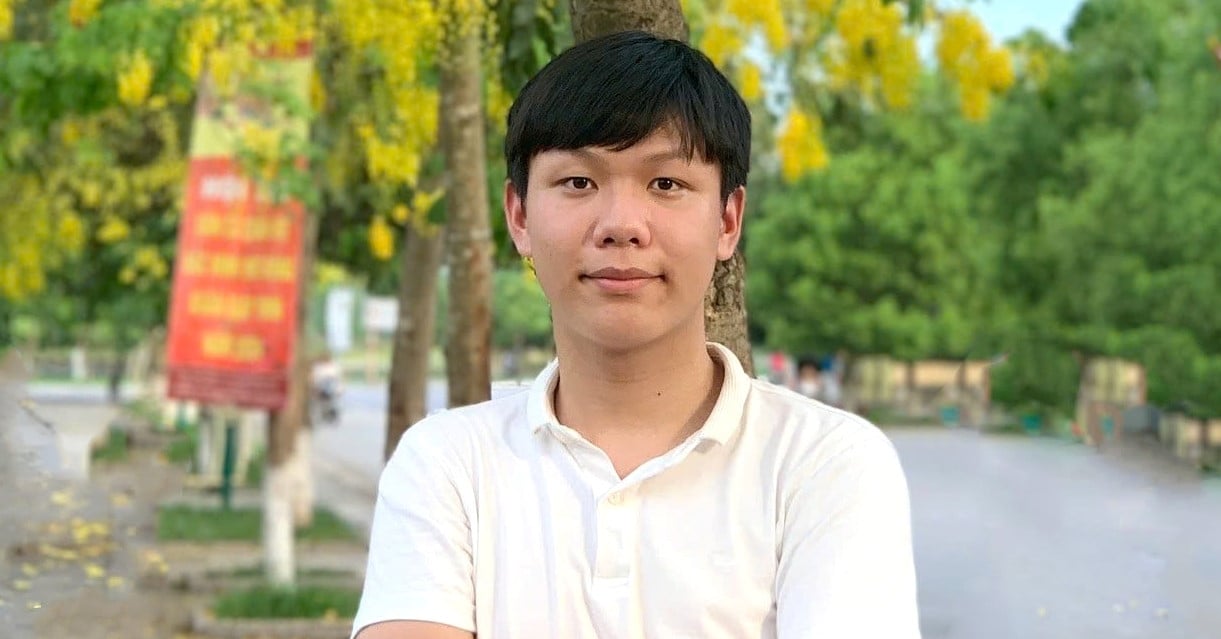

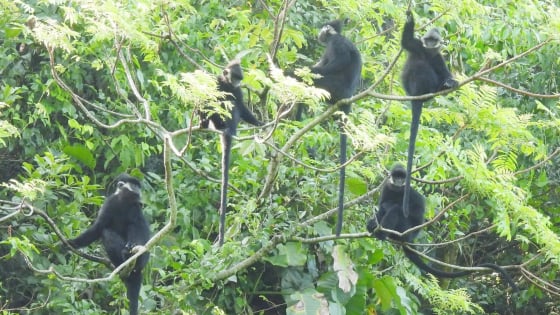

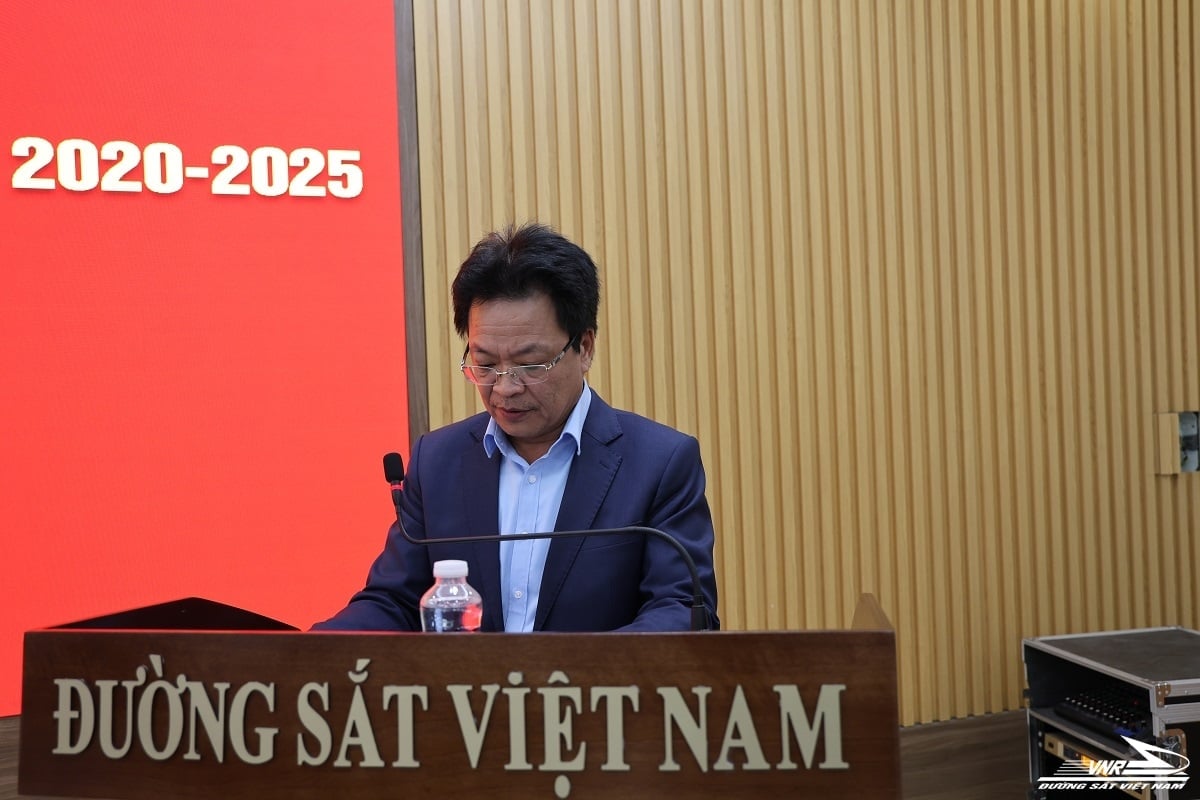
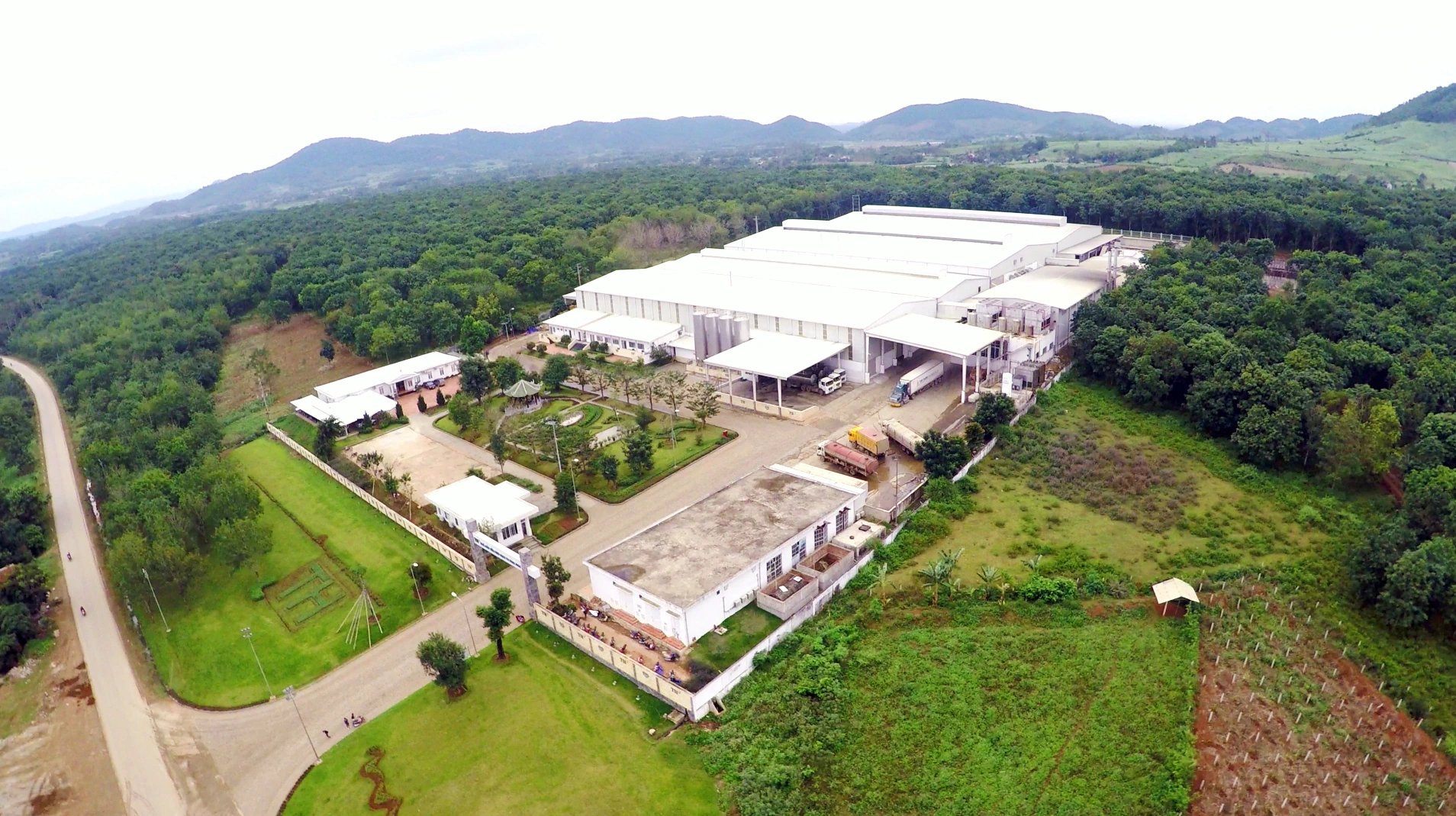

















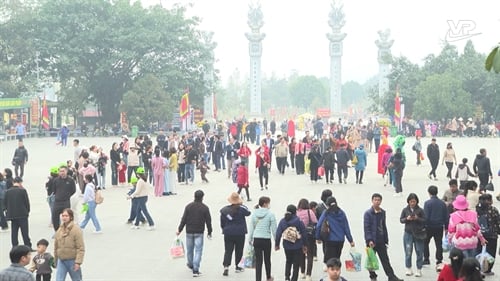


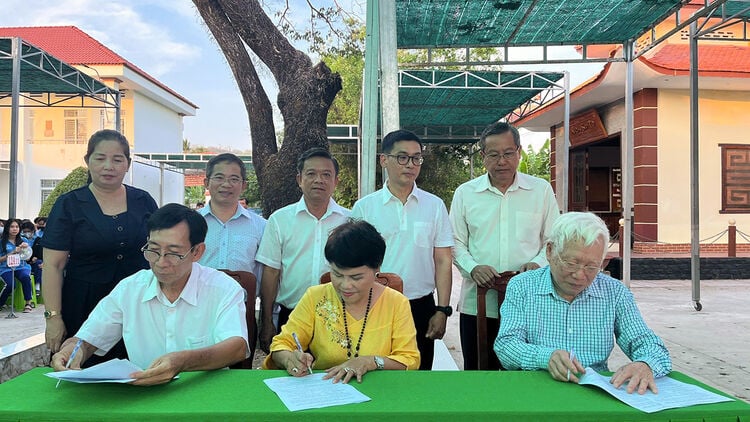

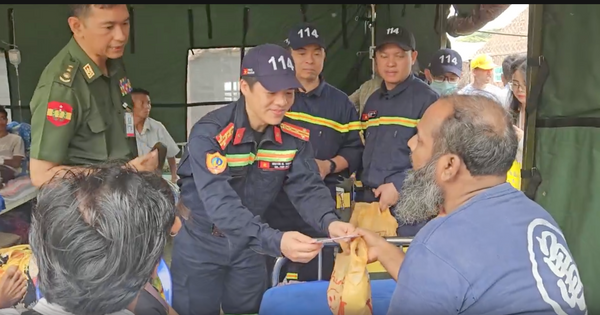





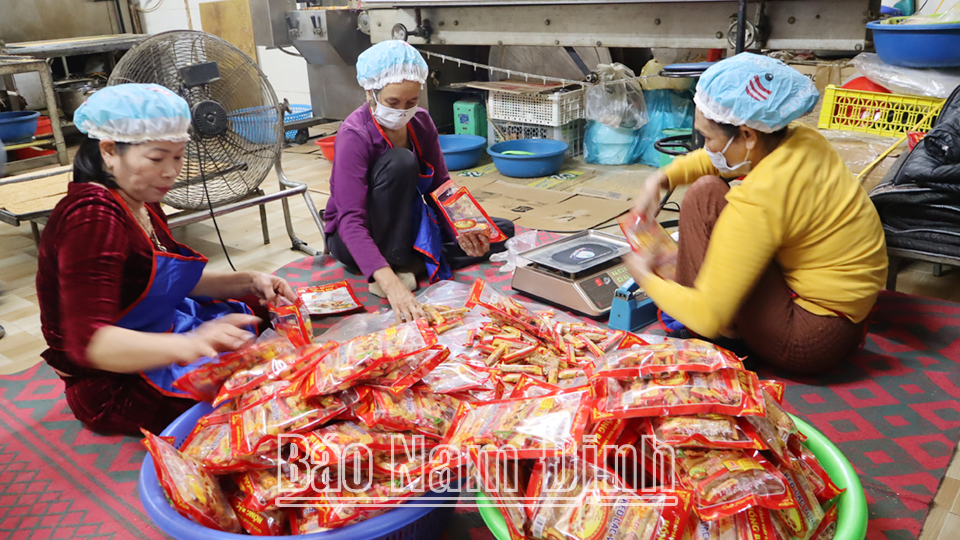





Comment (0)